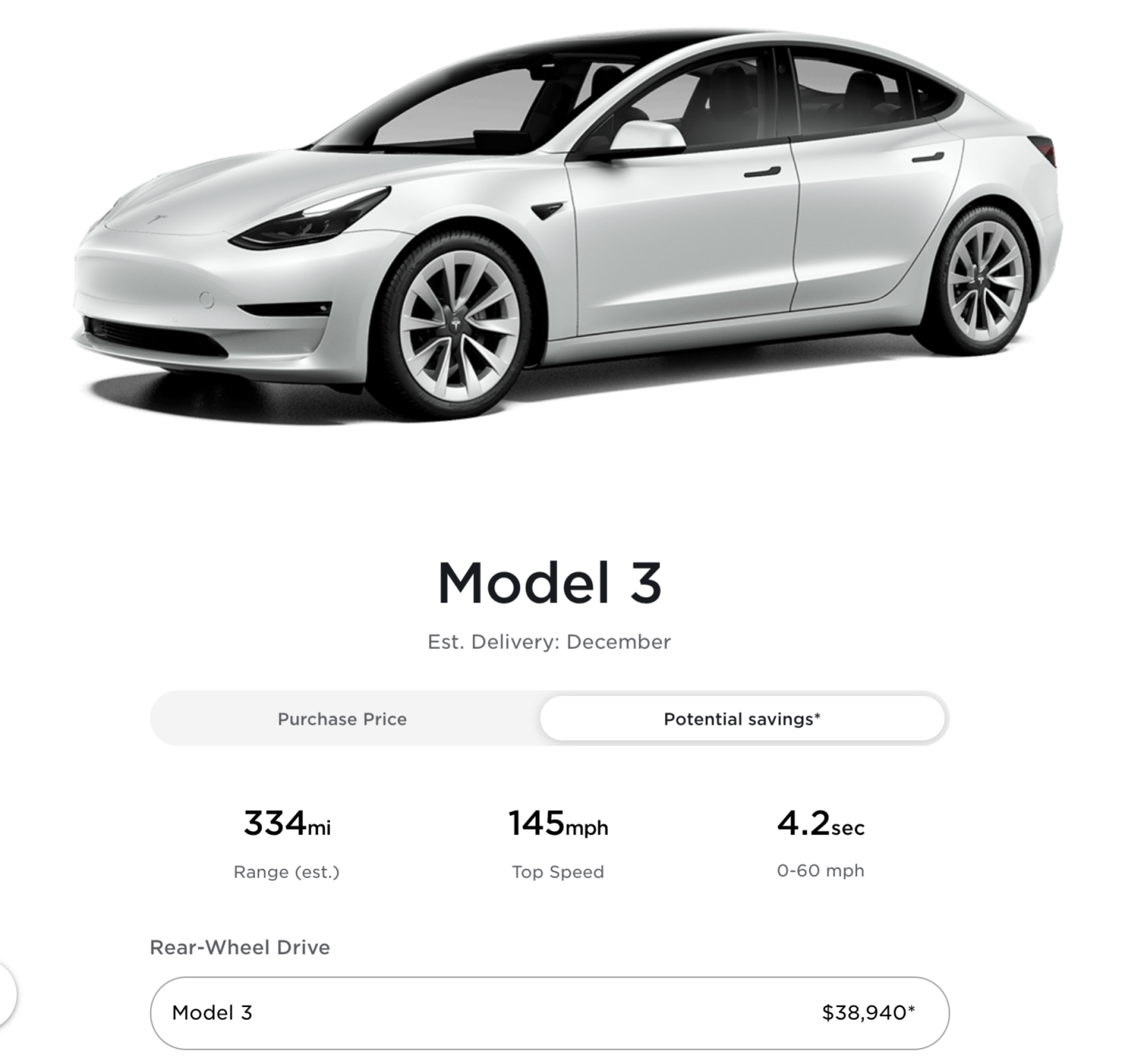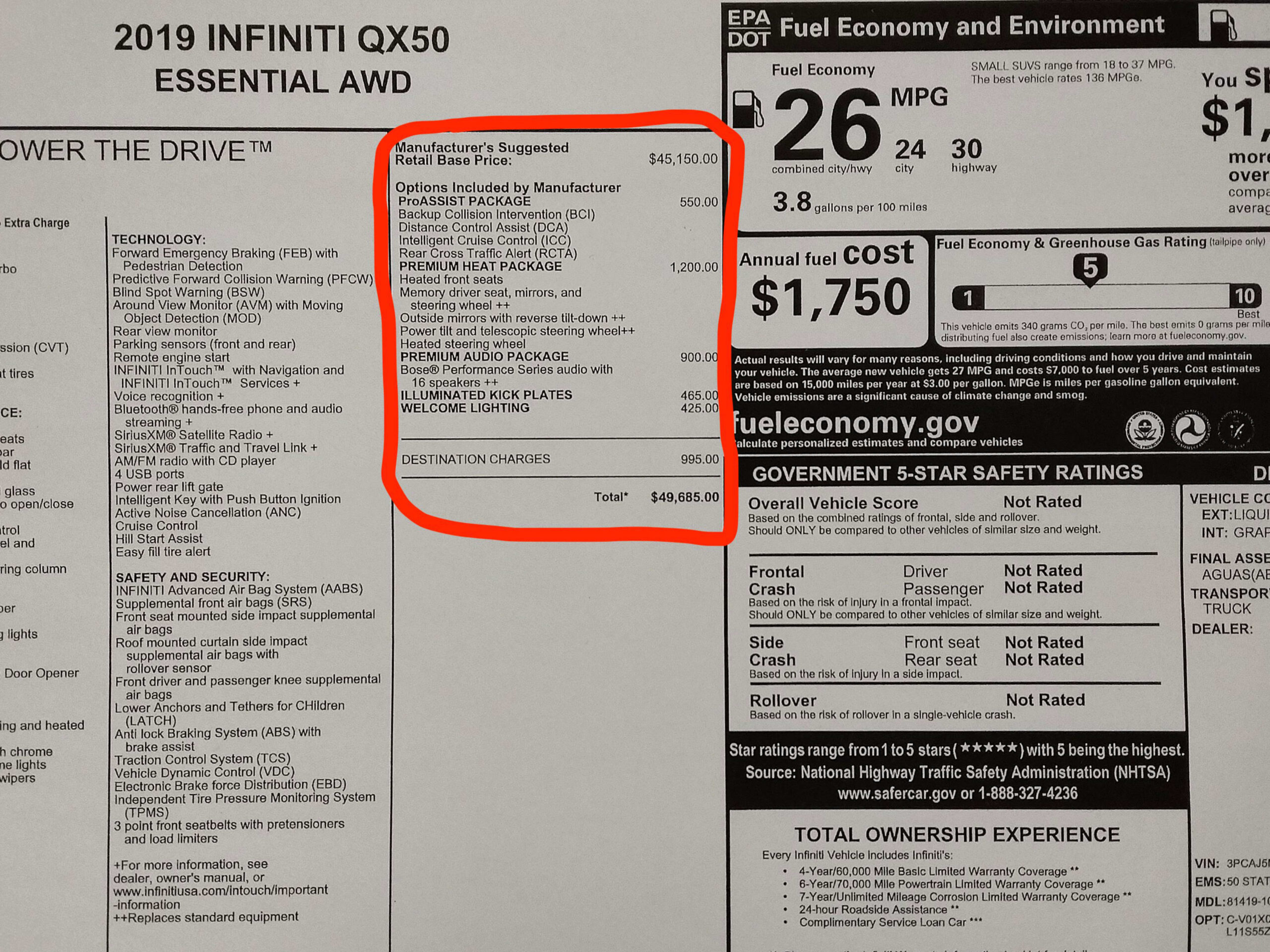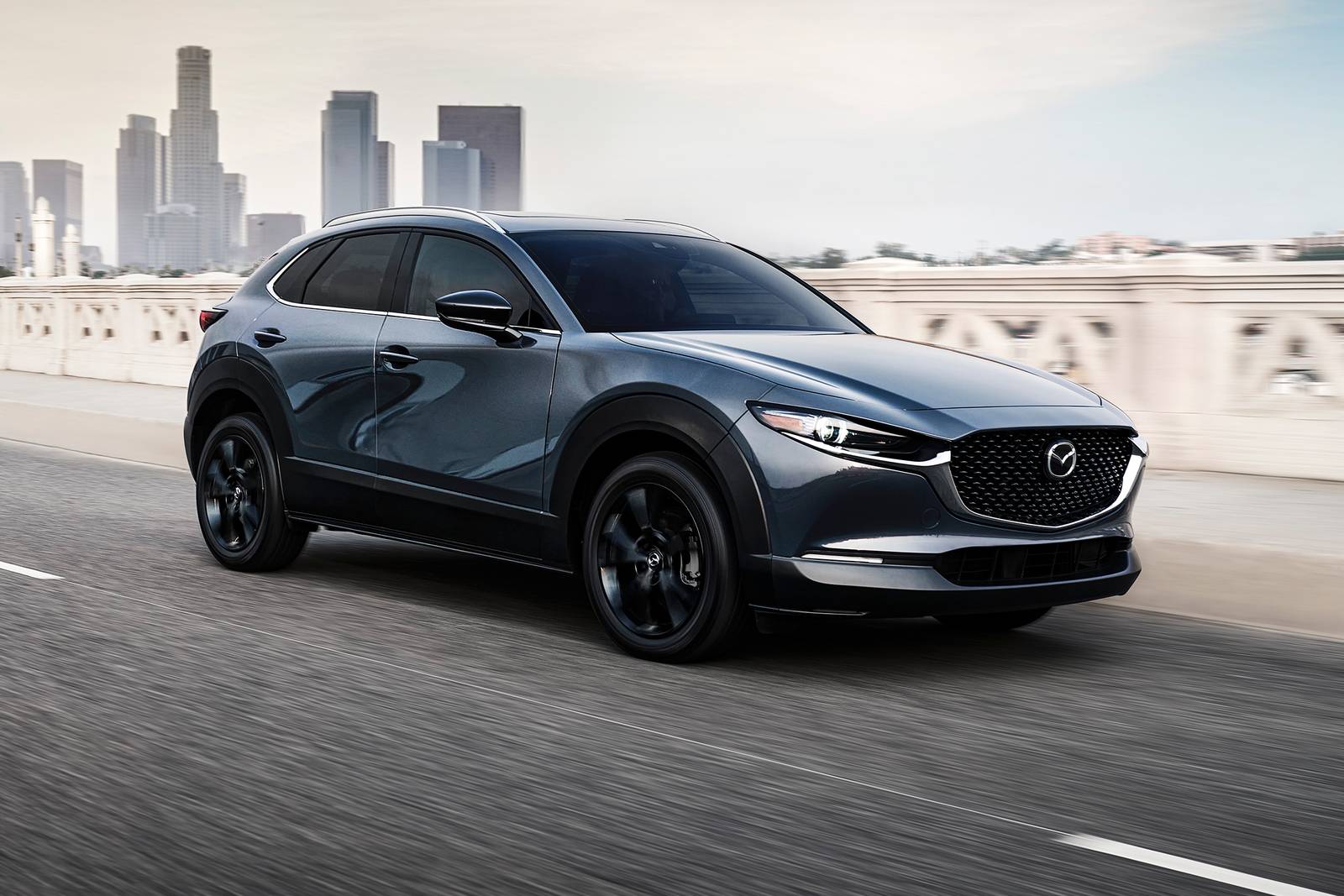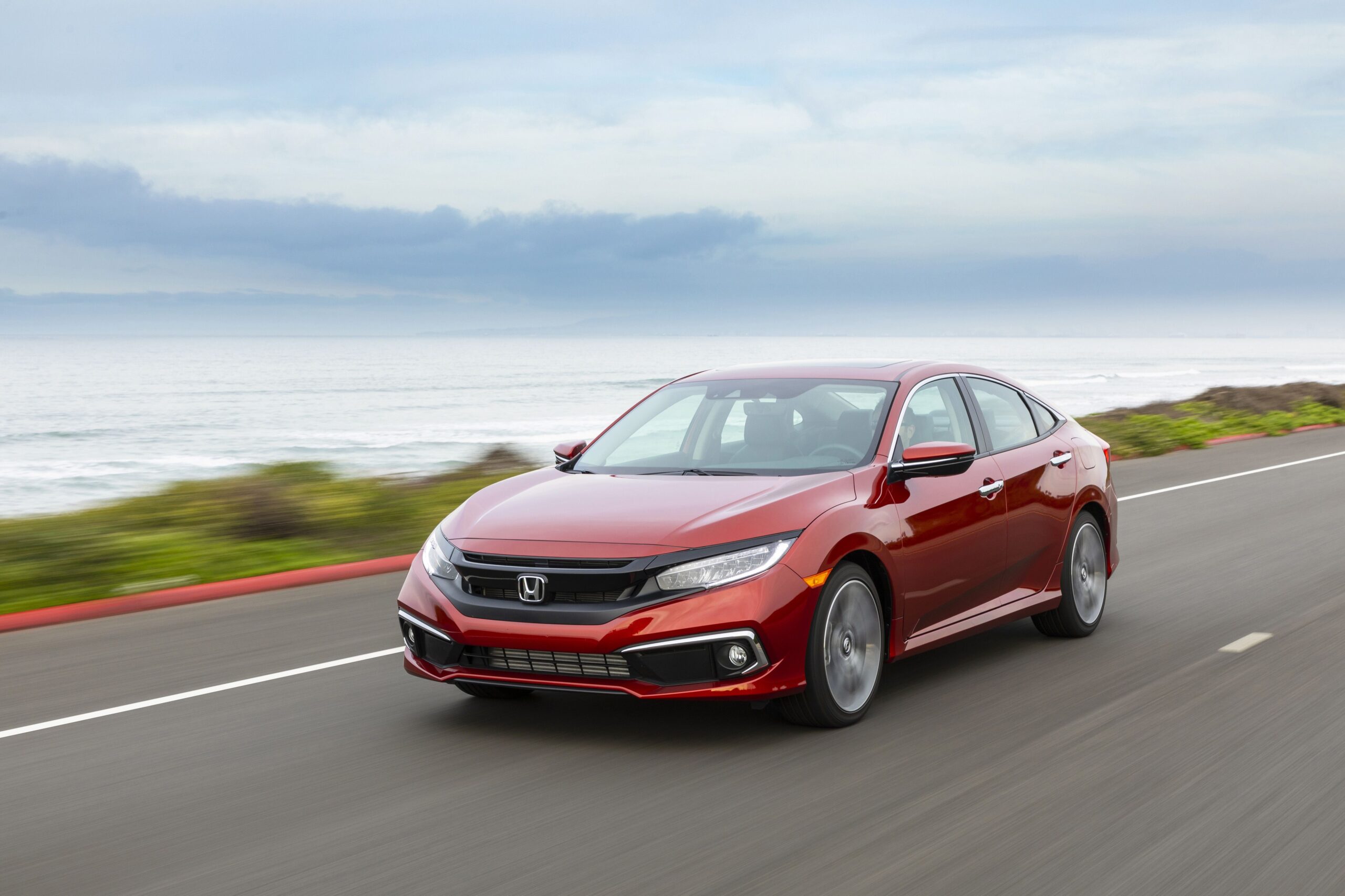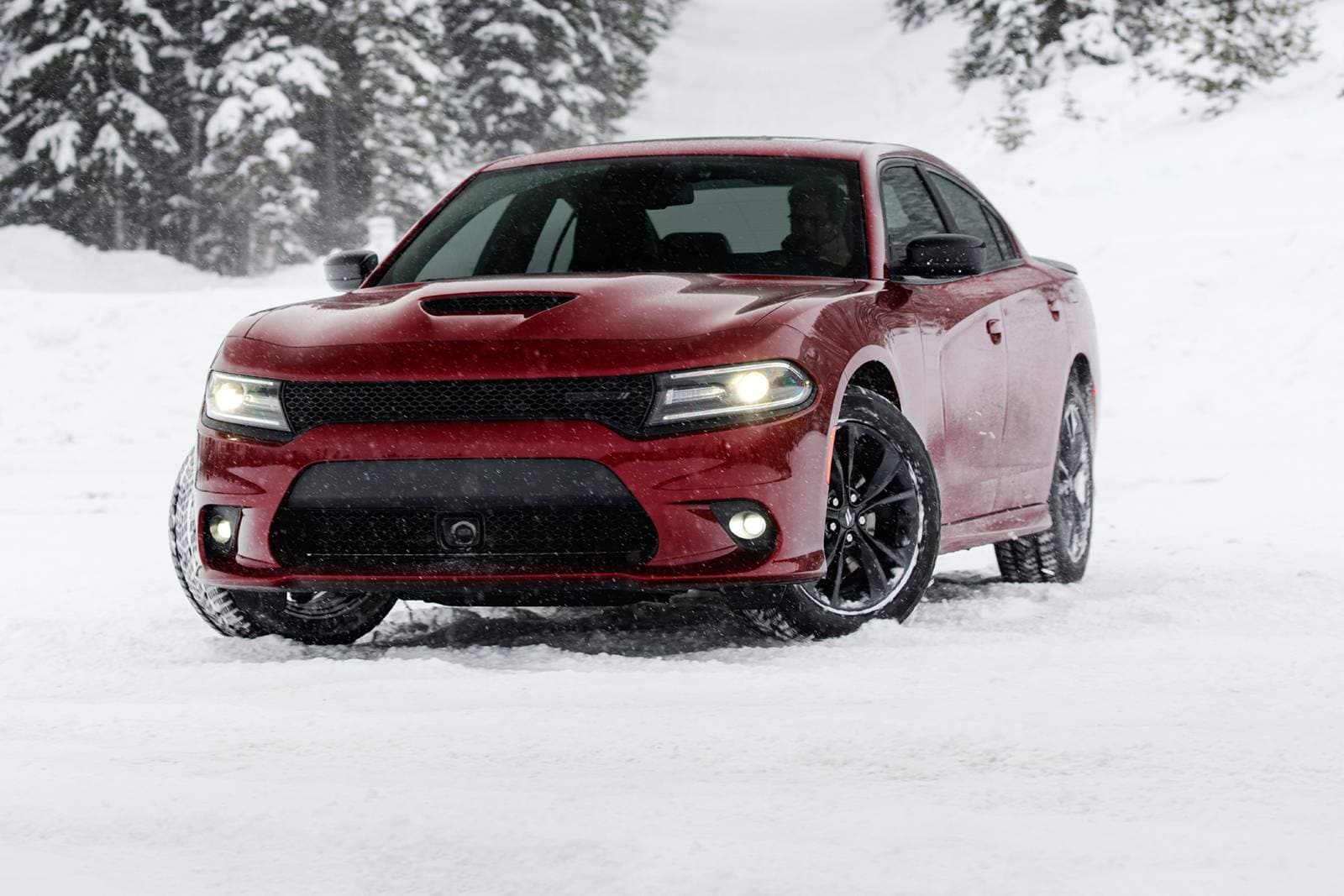The remarkable Tesla Model 3 has once again demonstrated its dominance in the realm of vehicular safety by being named the safest new car in Europe for 2025. This recognition, bestowed by the European New Car Assessment Programme (Euro NCAP), symbolizes Tesla’s unwavering commitment to safety and innovation, particularly in the burgeoning electric vehicle (EV) market.
The Tesla Model 3’s journey to the apex of safety honors is marked by an impressive array of features and test performances that have set new standards in the industry. From cutting-edge technology to proactive safety mechanisms, the Model 3 has proven that Tesla is not just about electric efficiency but also about offering a sanctuary of safety for its occupants.
What makes the Tesla Model 3 the safest new car in Europe for 2025?
When Euro NCAP released its results, the Tesla Model 3 stood out with top-tier rankings across the board. It secured a stellar 90% in adult occupant protection and a remarkable 93% in child safety, showcasing Tesla’s all-encompassing approach to safeguarding all passengers.
In addition to its crash test performance, the Tesla Model 3 shines in safeguarding pedestrians, with an 89% score. Tesla’s dedication to safety goes beyond the vehicle’s occupants, extending care to those around it. Moreover, with an 87% rating for safety assist features, the Model 3 leads the pack in proactive safety features that help prevent accidents before they happen.
These scores reflect a synergy of advanced structural design, innovative restraint systems, and a suite of active safety and driver assistance technologies. Tesla’s Autopilot, a semi-autonomous driving system, forms a core part of this safety ecosystem, though it has been under scrutiny for potentially misleading branding.
How did the Tesla Model 3 perform in Euro NCAP safety tests?
Under the scrutiny of the Euro NCAP’s rigorous testing protocols, the Tesla Model 3’s safety integrity was undeniable. Its chassis and airbag system were pivotal in mitigating impact during collisions.
The vehicle’s crumple zones and rigid body structure, indispensable in absorbing and redirecting crash energy away from the cabin, contributed to its superior safety performance. The enhanced design has made the Model 3 one of the strongest players in its class when it comes to crashworthiness.

Moreover, the Model 3’s lack of a combustion engine meant more space for effective energy dispersion, a subtle yet significant advantage over traditional vehicles. Additionally, its low center of gravity, thanks to the floor-mounted battery pack, greatly reduces the risk of rollover accidents.
What are the key safety features of the Tesla Model 3?
The Tesla Model 3’s safety arsenal is both comprehensive and advanced. Its framework includes:
- Autonomous emergency braking that reacts faster than human reflexes to prevent or lessen the severity of collisions.
- A suite of sensors and cameras that power pedestrian detection systems, augmenting driver awareness and vehicle response to external hazards.
- Robust occupant protection provided by strategically placed airbags and reinforced vehicle architecture.
- Electronic stability control and anti-lock braking systems that help maintain control during emergency maneuvers.
- A sophisticated Autopilot system that, while controversial, adds layers of safety through its semi-autonomous capabilities.
These features, among others, coalesce into a protective bubble, earning the Model 3 its status as a paragon of automotive safety.
How does the Tesla Model 3 compare to competitors in safety ratings?
When juxtaposed with its rivals, such as the Volkswagen ID.7 and the Polestar 3, the Tesla Model 3’s safety credentials gleam even brighter. Despite formidable competition, Tesla’s flagship model outshines others with its comprehensive safety features and unprecedented test scores.
While other EVs boast significant safety measures, the Model 3’s holistic approach and continuous software updates keep it at the forefront, constantly evolving and improving where others plateau.
The comparison becomes even more favorable when considering Tesla’s continuous over-the-air software updates, which can enhance safety features without the need for physical alterations – a futuristic approach to vehicle maintenance and improvement.
What does the Euro NCAP say about the Tesla Model 3’s safety performance?
Euro NCAP’s analysis of Tesla Model 3’s safety performance has been resoundingly positive. The organization has highlighted the electric sedan’s robust crash test performance, praising its ability to protect occupants of all ages and sizes in various collision scenarios.

The testing body also commended Tesla for their inclusion of advanced driver-assistance systems (ADAS), which are integral to preventing accidents. Euro NCAP’s recognition of the Model 3’s capabilities solidifies its reputation in the automotive world as a leader in safety.
What should consumers know about Tesla’s Autopilot and safety features?
Tesla’s Autopilot system remains a subject of discussion in the realm of vehicular safety. Consumers should be aware that while Autopilot provides significant assistance, it is not a substitute for driver attention and responsibility.
Autopilot’s features, like adaptive cruise control and lane-keeping assistance, are designed to reduce driver fatigue and enhance safety. However, drivers must remain engaged and ready to take control at any moment, as the system is not fully autonomous.
Understanding the capabilities and limitations of Tesla’s Autopilot is critical for consumers. Tesla continues to clarify the system’s function, ensuring drivers are properly educated on its use and the importance of remaining alert while behind the wheel.
What innovations contribute to the Tesla Model 3’s safety standards?
Tesla’s commitment to innovation has been a driving force behind the Model 3’s safety accolades. Innovations such as:
- The utilization of ultra-high-strength steel and aluminum in the vehicle’s structure for maximum strength and weight efficiency.
- Integration of machine learning within Autopilot to improve detection and decision-making capabilities.
- Development of custom hardware like the Tesla Vision system, which replaces traditional radar with camera-based perception for Autopilot functionality.
These advancements, combined with Tesla’s proactive stance on safety, ensure that the Model 3 is not just safe for today but is paving the way for the future of automotive safety.
For a visual understanding of the Tesla Model 3’s protective features, watch this comprehensive overview:

Related Questions on the Safety of the Tesla Model 3
What Are the Safety Ratings of the Tesla Model 3?
The Tesla Model 3 boasts impressive safety ratings from Euro NCAP, including a 90% for adult occupant protection, 93% for child safety, 89% for pedestrian safety, and 87% for safety assist features.
This amalgamation of scores signifies not just performance in the event of a crash but also Tesla’s focus on preventing accidents from occurring in the first place. These ratings have helped the Model 3 earn the title of the safest new car in Europe for 2025.
How Does the Tesla Model 3 Compare to Other Electric Vehicles in Safety?
When it comes to safety, the Tesla Model 3 sets the bar high. It outperforms many competitors with its innovative safety technology and solid construction. In comparison to other EVs, the Model 3’s comprehensive safety features and consistent software updates keep it at the pinnacle of vehicular safety.
Other electric vehicles have their strengths, but the Tesla Model 3’s holistic approach to safety and proactive improvements through software updates differentiate it from the rest.
What Features Contribute to the Tesla Model 3’s High Safety Scores?
A variety of features contribute to the Tesla Model 3’s high safety scores, from its structural integrity, such as the strategic use of high-strength steel, to its advanced technology like the Autopilot system and pedestrian detection.
Additionally, the commitment to continuous improvement through software updates ensures that the Model 3 remains at the forefront of safety innovation.

Why Was the Tesla Model 3 Chosen as Europe’s Safest New Car?
The Tesla Model 3 was chosen as Europe’s safest new car due to its exceptional performance in Euro NCAP safety tests, advanced safety features, and its ability to protect occupants and pedestrians alike.
It is Tesla’s forward-thinking approach to vehicle safety that has distinguished the Model 3 in a competitive market, clearly demonstrating that electric vehicles can go hand-in-hand with top-tier safety.
What Do Experts Say About Tesla’s Autopilot in Relation to Safety?
Experts acknowledge that Tesla’s Autopilot system has significantly advanced the field of driver assistance technologies. However, they also emphasize the need for driver vigilance and the understanding that Autopilot is an aid, not a replacement for the driver’s full engagement.
While recognizing its potential, experts continue to monitor the system’s real-world application and Tesla’s efforts to educate consumers on its proper use to ensure safety remains paramount.







